Single-sex vs co-ed schools: debate reignites after parents and alumni protest Newington College
To the fury of some parents and alumni, Newington joins a list of prestigious boys-only private schools to allow girls to enrol. But will it really make that much difference?

The single-sex versus co-ed education debate has reignited again after dozens of parents protested outside an elite Sydney secondary school on Wednesday over its decision to open its doors to girls.
Newington College was besieged by about 30 furious parents and alumni waving placards denouncing the school council’s decision to allow female students from 2026 and the school to become fully co-ed by 2033.
It is the latest prestigious institution to announce the shift towards coeducation, following Cranbrook’s 2022 decision to allow girls in its secondary school – to similar dissent from parents and former students.
In NSW alone, the number of private and Catholic single-sex schools has dwindled by 18 per cent over the past 20 years.
Controversially, two of the nation’s most prestigious boys’ schools – Canberra Grammar and The Armidale School, NSW – are transforming into co-ed colleges.
But how much difference does it really make and what has happened at other single-sex schools since they made the switch to co-ed?
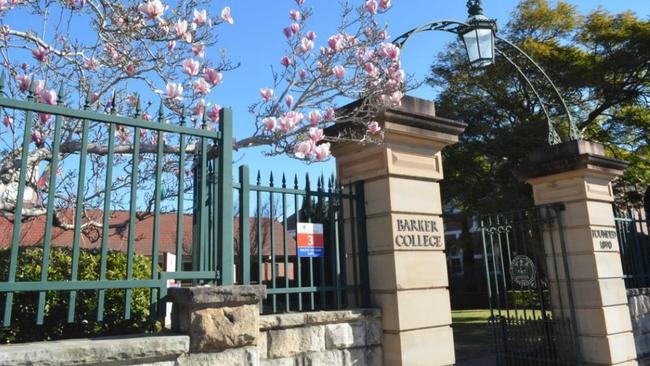
Barker College
The formerly all-boys school on Sydney’s upper North Shore became the first private institution to allow girls across all high school grades in 2022.
Barker, which was founded in 1890, started allowing girls into its Year 11 and 12 senior college in 1975, before admitting Year 10 girls in 2000.
It has been an industry leader in coeducation, with parents sending their daughters to the Hornsby-based campus from around northern Sydney.
Barker has long had a co-ed compromise: only boys attend the school until the end of Year 9. Girls arrive in Year 10, although boys outnumber them 2:1 in the senior years.
Headmaster Phillip Heath, led the co-ed shift for St Andrew’s Cathedral School in 1999, says girls tend to mature faster than boys, so the college will stay boys-only in the junior years. Its hybrid model also offers a point of difference to rival schools.
“For four decades we have demonstrated this model serves Sydney and serves the nation, and offers a choice that is different and unique,” he told The Australian.
Heath sees no problem in throwing teenage boys and girls together at the peak of adolescent angst. “Haven’t you heard of the six-inch rule?” he grins. Heath is referring to the school’s policy from the 1970s, requiring girls and boys to stay six inches, or 15cm, apart. These days, the ban is on “inappropriate touching”.
To Heath, co-ed “accelerates the maturation process for both boys and girls. It’s the normality of talking to a person of the opposite gender as a human being, not on a romantic or predatory level, but as a person with an intellect and a world view that might be different,” he says. “That is an incredible gift which I didn’t get until I went to university – where I spent the first year in shock.”
Girls in co-ed schools, Heath says, learn to speak up and stand up “without being coquettish”. “They can enjoy femininity without deploying that to some advantage in an unhealthy way,” he says. “That takes a bit to learn. Equally, to stand up and not be overwhelmed is a big challenge.” The boys, in turn, “get that it’s cool to care, that life is not just about success but about belonging”.
The Armidale School
The first GPS school to break 123 years of single-sex education was The Armidale School in in 2016.
The institution in northern NSW made the decision in order to survive, after experiencing increasingly low rates of male enrolment.
More than 4,500 stakeholders were surveyed on the decision, with dozens of meetings with teachers, parents and students also held.
Headmaster Murray Guest conceded there had been backlash from sections of the school community, but the decision had to be made in order to survive.
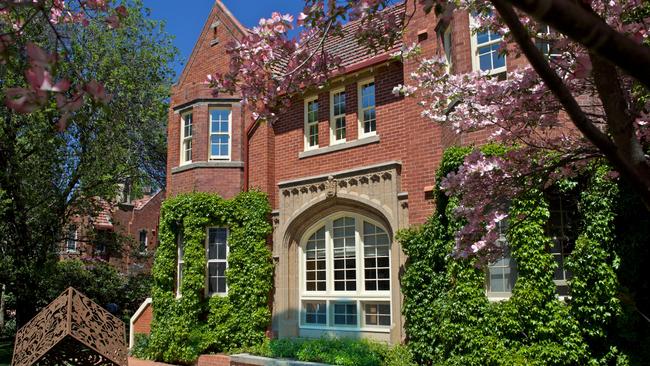
Canberra Grammar
One of Australia’s most prestigious schools, Canberra Grammar admitted girls in 2017 as it looks to become the city’s leading coeducational facility.
Gough Whitlam’s alma mater expectedly received mixed reviews on the shift, with a post on Grammar’s Facebook page inundated with comments.
Andrew Bromwich, a recent graduate, wrote that the “boys’ club” attitude at Grammar “was at best immature, at worst it was extremely damaging”.
“Eighteen-year-old men were being put into the world with no experience interacting with or respecting women as peers,” he wrote.
Principal DrJustin Garrick said there was strong support from parents for the move, which he described as much philosophical as it was pragmatic.
“I do think that single-sex education evolved at a time when boys and girls were destined for different kinds of lives, so it might have made sense to educate them differently,” he told The Australian.
“I don’t think they’re destined for such different lives anymore.”
Dr Garrick also said there was significant demand from parents who sent their daughters to the nearby Canberra Girls Grammar to attend the same school at their brothers.
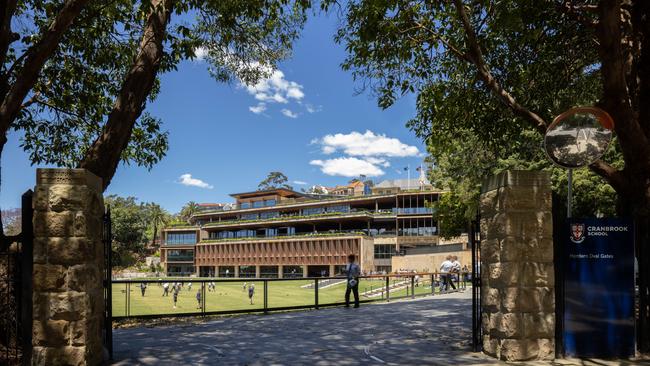
Cranbrook
Despite public objection from some of its wealthiest and influential alumni including Robbie Ingham and former Labor senator Graham Richardson, Cranbrook confirmed a plan to have girls in each year of high school by 2029.
In May, 2022 nearly two dozen former students wrote to the school saying its single-sex approach was outdated and Cranbrook should move into a 21st century institution.
“The current single-sex independent school structures in Sydney create one-dimensional interactions between the genders … some of the attitudes and norms of behaviour that develop in these communities are, rightly, no longer acceptable in broader Australian society,” the letter said.
In July of the same year, the school, which charges $40,000 per year, confirmed from 2026 the senior school will admit girls for Year 7 and Year 11. The campaign was championed by several high-profile alumni including billionaire Atlassian founder Scott Farquhar.
“There is broad community support for coeducation at Cranbrook,” the announcement said, which was signed by principal Nicholas Sampson and council chairman Jon North.
“Many see the transition as being a necessary and inevitable step forward in the context of a modern society.”
The decision to admit girls initially in Year 7 and Year 11 was to avoid the challenges of only allowing female students in the final years and the distraction it may pose.
“By introducing coeducation in year 7, students are able to grow together during their secondary education in preparation for the senior years,” the letter said.
Cranbrook expects 40 per cent of its year cohorts to be made up by female students when the system is in place.
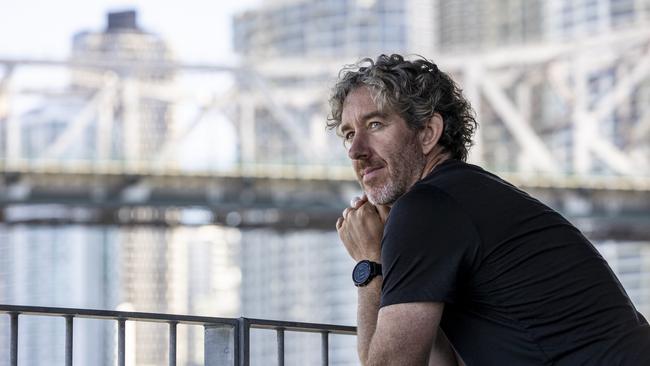
Marist College North Shore
The institution became the first Catholic school in Sydney’s North Shore to become co-ed in 130 years after accepting girls from preschool through to Year 12 in 2021.
The change saw the school wishing to provide a relatively lower-fee Catholic coeducation throughout a student’s schooling life on a single campus.
The first intake of girls was for Year 7, with the intake to expand over the coming years.
Former executive director of Sydney Catholic Schools, Dr Dan White, said the decision came in response to demand across the region.
“Sydney Catholic Schools is committed to meeting the needs of the local community, and ensuring a strong educational pathway for Catholic students,” Dr White said.
“I am delighted that through Marist College North Shore’s transition to coeducation in 2021, the North Sydney Catholic Precinct will allow parents to choose a seamless transition from Kindergarten through to Year 12 for their child, conveniently located on the one campus.
“Many hands and voices will help shape the community, allowing for a united charism and a wider range of co-curricular opportunities to support students’ development into well-rounded and faith-filled individuals.”
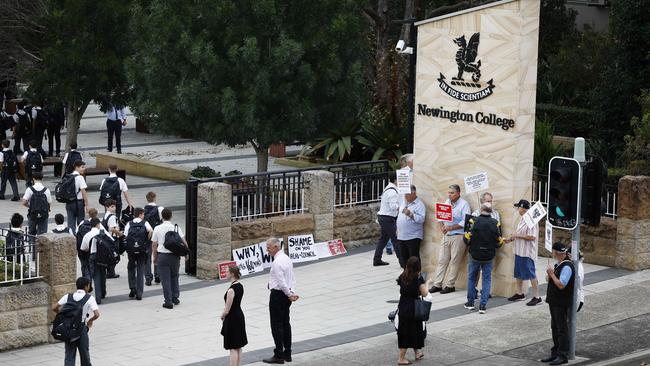
Newington College
Newington became the second GPS school to become co-ed after confirming the decision in November, 2023.
The college, which charges up to $39,000 per year, told parents it would become coeducation within 10 years.
The college announced it would not take in female boarders, but would welcome girls in Kindergarten and Year 5 at Wyvery and Lindfield preparatory schools in 2026, allowing them to join the senior campus as day students in years 7 and 11 in 2028.
“Our students will enter a world that will require them to walk and work alongside all genders collaboratively, respectfully and empathetically as colleagues, employers, employees, partners, parents and friends,’’ the college states on its website.
“We believe the best way to prepare them for these roles is for different genders to learn alongside each other in an everyday, unremarkable way during their childhood and adolescence.
“Although some Newington students already interact with girls in drama productions, orchestra and cadets … daily connections will facilitate everyday and authentic relations and experiences.’’
However, on Wednesday following the resumption of its school year, at least 30 parents and former students protested the decision outside the school gates.
Messages challenged Newington to reverse its decision, with one parent claiming it had already lost “5m in bequests” as a result.
Another demanded a new vote on the co-ed policy.
“Demand school council transparency and accountability,” it read.
On Tuesday, the college’s headmaster Michael Parker wrote to parents alerting them of the planned protest.
Mr Parker said staff numbers would be increased at the “perimeter of the college” to ensure the safety of students.
“There will be several hundred boys starting their first day at Newington tomorrow and they will be experiencing all sorts of mixed feelings as they walk through the gate at this threshold moment,” the message said.
“So that students are safe on Wednesday morning as they enter the school we will have an increased staff presence at the perimeter of the college.”
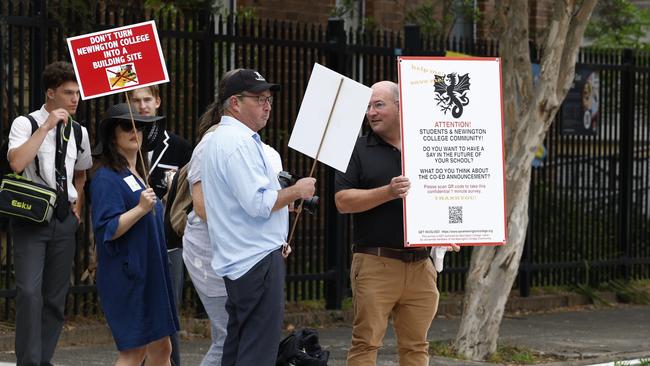
‘Boys don’t need girls in the classroom’ to learn the rules
The King’s School headmaster Tony George last year told parents at the elite all-boys school that society “is in the middle of a genderism experiment’’ and that boys did not need girls in their classrooms to learn to “kowtow to a female boss’’.
“They’ve all got mums and sisters and female teachers so they all know what it is to submit to a woman in authority,’’ Mr George said.
“So don’t tell me they don’t know how to go out in the workplace and kowtow to a female boss, because they’ve been doing it all their school life.”
Mr George questioned why parents would want to send girls to a boys’ school, and said “gender stereotypes’’ were more common in co-educational schools.
“Why would any parent think girls are to be used as a solution to toxic masculinity?” he said.
“I hear an argument that single-sex schools perpetuate gender stereotypes. That’s obviously nonsense. I say the stereotypes are going on in co-ed schools.
“If the boys see girls doing drama and music, and the girls see boys doing maths and physics and chemistry, that perpetuates the problem. (At The King’s School) we’ve got kids in the first 15 in rugby on stage in the musical. And when you get boys out of the way, girls are better at doing maths and science and physics. The academic performance of girls in single-sex girls’ schools is one of the major attractions for families who choose it.’’
“The narrative seems to be that toxic masculinity is caused by single-sex boys’ schools,” the Sydney headmaster told The Weekend Australian.
“Isn’t that just neo-sexism? Boys are feeling blamed and accused. It’s this massive pile-on in the public sphere, and social media, attacking boys.’’
Mr George said it had become “politically incorrect’’ to let boys be boisterous.
“Boys can’t be physical and adventurous and outdoorsy and do manly stuff because it’s politically incorrect,’’ he said.
“At the moment anything that’s physical gets labelled as toxic. Don’t blame boys for being boys.’’
Do girls do better in co-ed schools?
A recent study commissioned by Catholic Schools NSW using NAPLAN test data between 2019 and 2022 found single-sex schools performed better than co-ed schools.
Analysis from the Kathleen Burrow Research Institute, using data for years 3, 5, 7 and 9, found the disparity between results was “particularly high” in numeracy, but there is little difference in reading.
The advantage was “generally greater for boys schools than girls schools”, the study found.
“Overall, the results of this analysis imply a modest academic advantage for single-sex schools, with the advantage generally greater for boys’ schools than girls’ schools.”
However, the percentage of students in single-sex schools has dropped from 7.2 per cent in 2018 to 7 per cent today.
The Australian Council for Educational Research found in 2019 that students in coeducational schools learn at the same speed, or even faster, than their segregated counterparts.ACER research fellow Katherine Dix says: “In terms of the compounding influence of being in a single-sex school … there appears to be no value-add in numeracy achievement and even a decline in reading achievement over time in single-sex schools compared with coeducational schools.”
What are the disadvantages of co-ed?
Quoting the same research, Andrew Mullins, former headmaster of Redfield and Wollemi Colleges and author of Parenting for Character, said data showed boys in single-sex schools between years 3 and 7 retain 3.9 terms of numeracy advantage over coeducational students throughout these four years. Girls in single-sex schools were not far behind, but coeducational students failed to make up any ground on this. Reading shows a similar but less pronounced pattern.
It was also wrong to argue that single-sex schooling is sustained by economic considerations, Mr Mullins argues.
“Indeed, single-sex schools are always more expensive. Bigger coeducational schools have economies of scale. It costs more to duplicate campuses, school halls and libraries. There are other more important reasons to set up and fund single-sex schools.
“Parents have the right, and the duty, to follow their best judgment and place their children in the form of education in which they have most confidence. Some will define education as learning literacy and numeracy, others will place character or dance classes at the top of the list. This is the parents’ prerogative.”


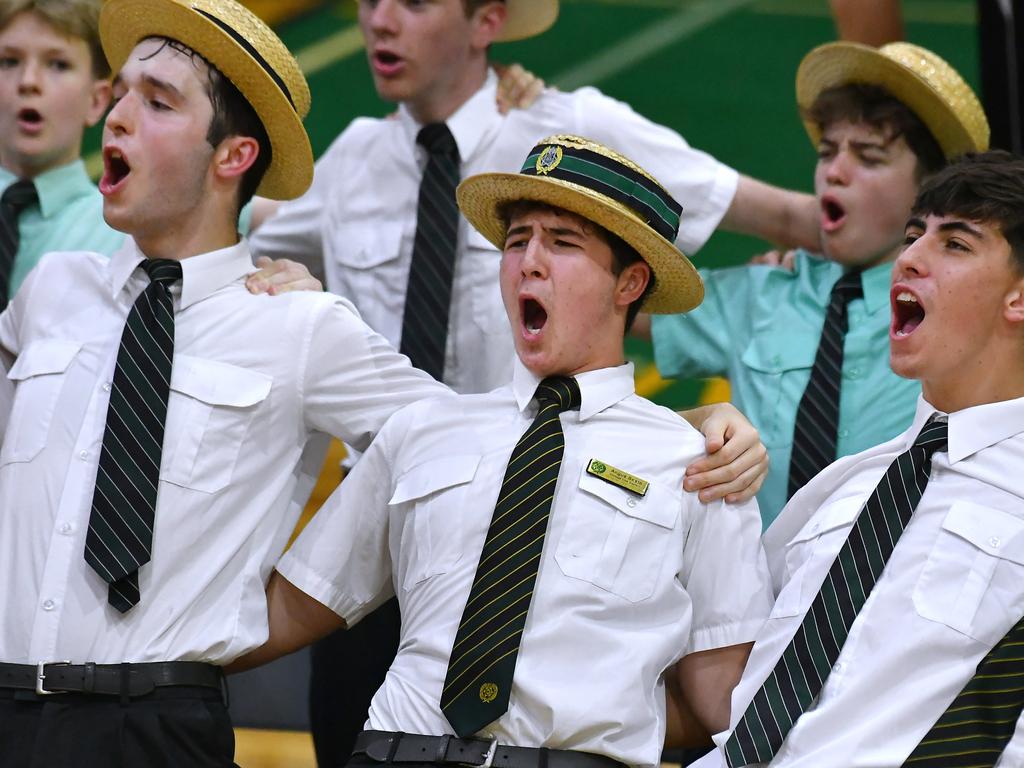




To join the conversation, please log in. Don't have an account? Register
Join the conversation, you are commenting as Logout